The world of photography counts in its history, from the earliest daguerreotypists of the nineteenth century to the present, numerous female authors who have become world famous and have been celebrated in recent times through exhibitions and publications. Some, in the mid-twentieth century, became part of the important Parisian agency Magnum, others believed in photography as a tool of testimony and denunciation, and still others became famous after their demise. We have chosen ten of them here who stood out in particular for their choice of subjects and themes or for their political and social commitment, with the knowledge that many and many others deserve to be remembered because they have entered the history of photography in their own right.
Born in New York in 1904, Margaret Bourke-White is one of the most significant exponents of photojournalism. After studying at Columbia University and Cornell University, she moved to Cleveland in 1927 and opened a small photography studio. The photographer’s career took off in 1929, when publisher Henry Luce invited her to New York to help start Fortune magazine. During her work she explored every aspect of photography, from early reports on German industries and Five-Year Plan Russia to visual chronicles of World War II, famous portraits of Stalin and Gandhi, Apartheid South Africa and America’s racial conflicts to aerial visions of the American continent. Famous is the photograph of the area flying over Manhattan, taken in 1939. When Life was born in 1936, he was the main photographic signature of the newspaper. Famous are his reportages during the war years as a correspondent and the liberation of the Buchenwald concentration camp. Her last Life feature came out in 1957: forced to give up photography because of Parkinson’s disease, she devoted herself to writing her autobiography Portrait of Myself, published in 1963. She disappears at Stanford in 1971.

Born in Genoa in 1924 to a middle-class family of Jewish origin, she was forced to flee to Switzerland during the war. She began to devote herself to photography in the 1960s, when she decided to give up music and her career as a concert pianist. After an initial experience at the Duse theater in Genoa, she began to make reportages of social denunciation, first among them the one on workers at the Genoese port, in which she denounced the extremely harsh working conditions. Among his most famous photographs is the one of the poet Ezra Pound, with which he won the Niépce photography prize. He photographed numerous artists and intellectuals, including Lucio Fontana, Leonardo Sciascia, Edoardo Sanguineti, Alberto Arbasino, Sylvano Bussotti and Jacques Lacan. Between the 1960s and 1970s he made numerous trips to Latin America, Asia and then India, where he met the guru Babaji Herakhan Baba. In 1972 he published Travestiti, a photographic series resulting from years of frequenting Genoa’s transvestite community, relegated to the margins of society. Also famous are his shots dedicated to Sardinia, taken between 1962 and 1976 during repeated stays on the island. In Cisternino he founds an Ashram to spread the guru’s teachings. He disappears in Cisternino on July 5, 2022, where he had lived for more than 40 years.

Born in Palermo in 1935, Letizia battaglia is among the most significant photographers and photojournalists of the twentieth century in Italy who chronicled the mafia, the lives of the poor and the uprisings of the squares, as well as marginalized realities, always considering photography as a document. In the early 1970s he began photographing for the Palermo newspaper L’Ora. In 1974 she founded the agency Informazione Fotografica, which brought together several Sicilian photographers, including Ferdinando Scianna. She was the first European woman to receive the Eugene Smith Award, in 1985. In 1992 she documented the assassinations of Giovanni Falcone and Paolo Borsellino. In 2017 she inaugurated the International Center of Photography in Palermo, which she directs: a vast historical archive that brings together the shots of more than 150 photographers. In 2019 she participated in Franco Maresco’s film La Mafia non è più quello di una volta, which won the special jury prize at the 76th Venice Film Festival: a participation that is also recognition for her anti-Mafia militancy, even in very difficult times for her beloved Sicily. She will pass away on April 13, 2022.
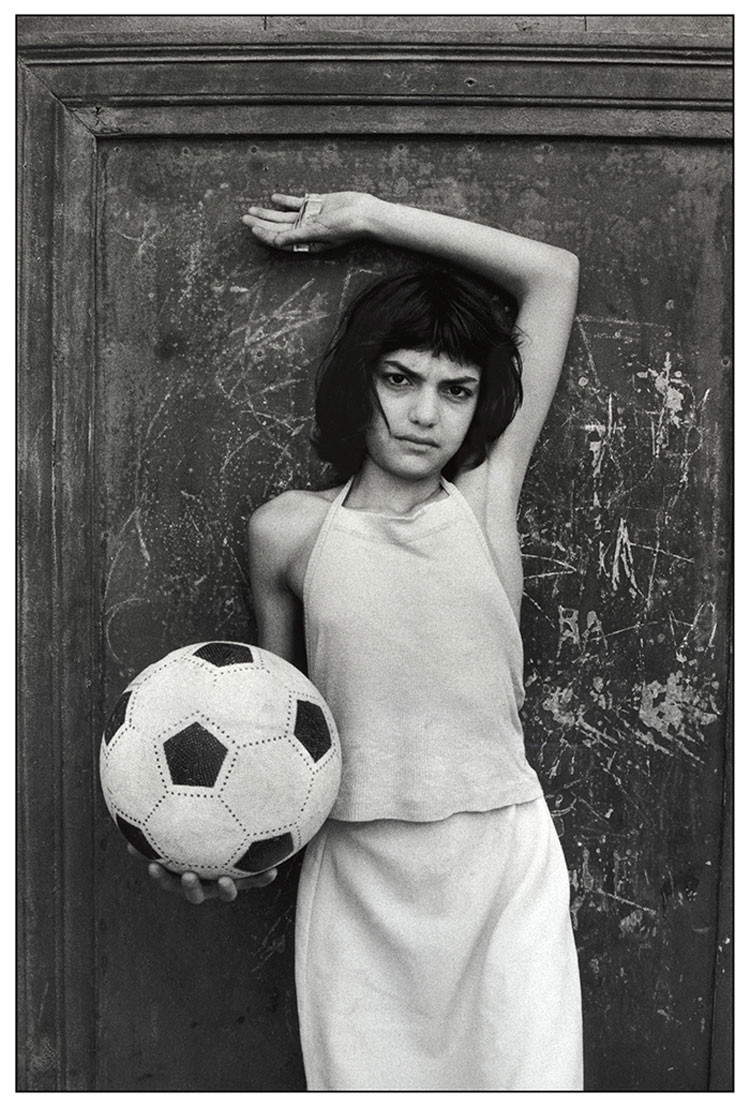
Born in 1954 in Glen Ridge, New Jersey, Cindy Sherman lives and works in New York and is among the world’s best-known living artists(read the article dedicated to her here). Rising to prominence in the late 1970s with the group Pictures Generation, the artist first turned her attention to photography at Buffalo State College, where she studied art. In 1977, after moving to New York, she began her Untitled Film Stills series. In the mid to late 1980s she began exploring the more grotesque aspects of humanity, in Fairy Tales (1985) and Disasters (1986-89). She uses herself as a model, transforming her appearance with costumes, makeup and wigs. Her famous History Portraits, begun in 1988, used these theatrical effects. Since the early 2000s, she has used digital technology to further manipulate her characters; she makes the Clown (2003) and Society Portraits (2008) series.
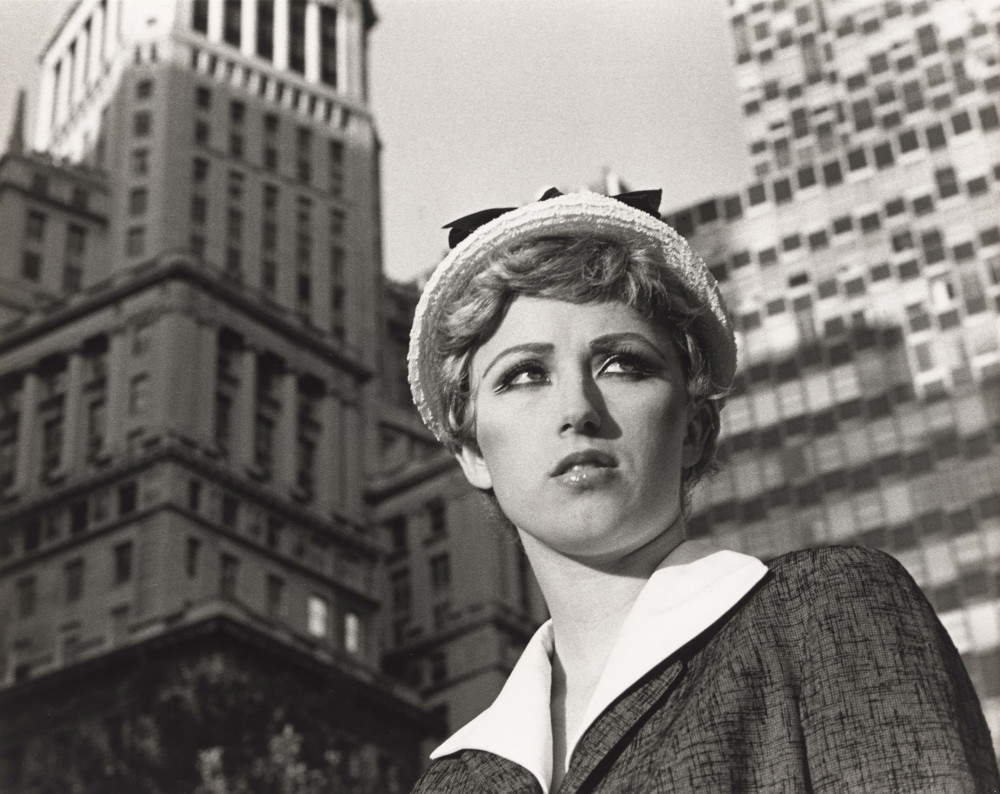
Born in Poughkeepsie, New York, in 1907, Lee Miller is one of the most emancipated and modern women of her time. Her life was very eventful. After working as a model and fashion photographer and becoming a freelance photographer for Vogue, she decided to work from the early 1940s as an accredited correspondent for the U.S. Army, and she completed uncensored war reportage. She documented the liberation of the Dachau and Buchenwald concentration camps by the Allies, and her most famous shot dates from that period: the one in Hitler’s bathtub in one of the Führer’s apartments in Munich, inside which she managed to enter first with photographer David E. Scherman. Close to the Surrealist movement, she was muse and lover of Man Ray and thanks to him she entered the circle of Surrealist artists, becoming friends with Pablo Picasso, Jean Cocteau, Joan Miró and the Leonora Carrington - Max Ernst couple. She married twice: first to wealthy Egyptian businessman Aziz Eloui Bey, and second to surrealist photographer Roland Penrose, with whom she traveled through Europe. He spends the last years of his existence as a chef, organizing cooking events and writing recipes. She disappears in Chiddingly, East Sussex, in 1977. Read the article dedicated to her here.
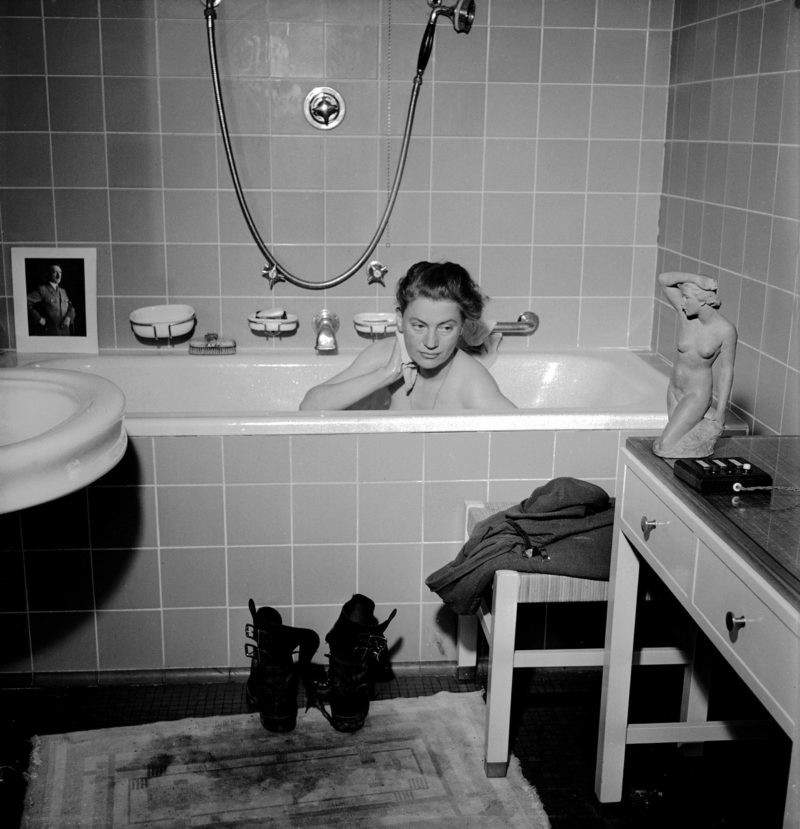
Born in Udine in 1896, Tina Modotti is considered one of the greatest photographers of the early decades of the twentieth century, partly because of her active political militancy and her political and social commitment. For this she became a symbol of emancipation and modernity. She spent her childhood in Italy until she was sixteen years old until she joined her father in San Francisco, where she worked as a model. She marries the painter Roubaix de l’Abrie Richey and moves to Los Angeles, while two years later she meets Edward Weston, whose muse and lover she becomes. They go to live in Mexico City, and here they hang out with cultural and political expatriates and forge strong friendships with Frida Kahlo and Diego Rivera. It is here that she becomes close to the communist movement, for which she becomes an activist and photographer. She photographs Mexican society, workers, campesinos and women, becoming a cultural and intellectual reference point for Mexico. In 1930 she was expelled from the country because of her political views. She then settled in Moscow with comrade Vittorio Vidali, joined the Soviet Communist Party and gave up photography. From 1936 to 1939 the two joined the fight against fascism in Spain, and after the defeat of Francoism they returned to Mexico. She disappears in 1942 in Mexico City from a suspected cardiac arrest.

Born in Philadelphia in 1912, Eve Arnold is one of the first photographers, along with Inge Morath, to be admitted to the famous Paris agency Magnum. She joined Magnum in 1951 thanks to Henri Cartier-Bresson, who was impressed by Arnold’s New York shots: images of parades in the African-American neighborhood of Harlem. In 1952, she and her family moved to Long Island, where she produced one of the most moving reportages of her career, A baby’s first five minutes, in which she chronicles the first five minutes of life of babies born at Mother Hospital in Port Jefferson. In 1956 he arrived in Haiti to document the secrets of Woodoo practices. Following the replacement of photographer Ernst Haas, she began to associate with Hollywood celebrities: in the 1950s, her friendship with Marilyn Monroe was born, and in 1960 she had the opportunity to document the filming of the movie Misfits with the famous actress and Clark Gable. Moving to London in 1962, she made travel reports, mainly in the Middle and Far East. Her project Behind the Veil, in which she witnessed the condition of women in the Middle East, dates from 1969-1971. She disappears in London in 2012.
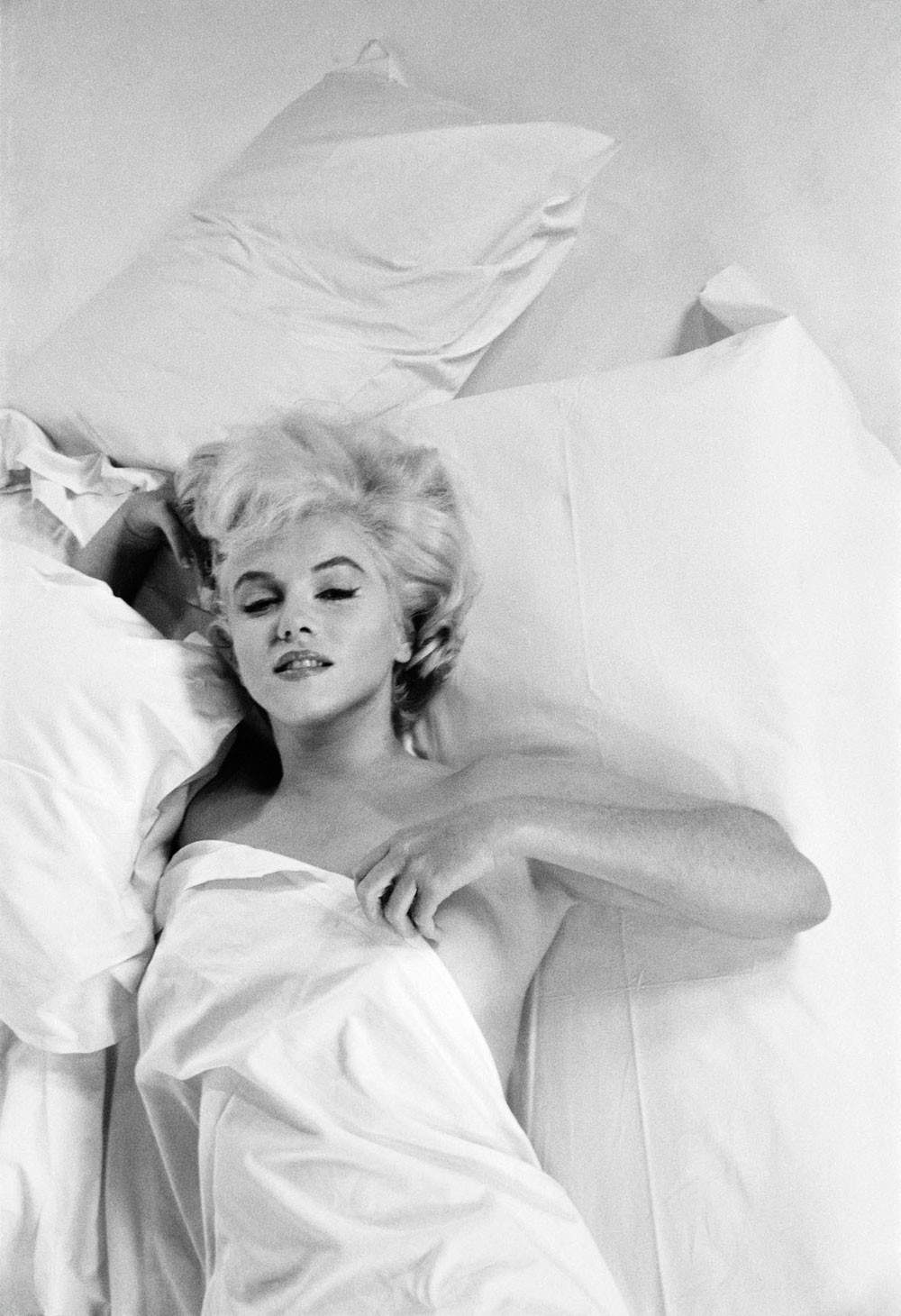
Born in Graz in 1923, Inge Morath is along with Eve Arnold one of the first women to join the Paris agency Magnum. She was an interpreter and translator for the United States Information Service; after the war she moved to Vienna, where she began working as a journalist. In Paris she began working with Magnum, and her beginnings saw her working alongside Ernst Haas and Henri Cartier-Bresson. In the following years she traveled all over the world and collaborated with prestigious magazines such as Picture Post, LIFE, Paris Match, Saturday Evening Post and Vogue, where the photographer published her most significant travel reports, ranging from Italy to Russia, Spain to Iran and China. Throughout her career she has opportunities to portray artists, celebrities and politicians. It was on her first trip to New York, in 1956, that Inge met draughtsman Saul Steinberg and became enthusiastic about his production of masks made on paper bags and cardboard boxes: their collaboration led to the Masks project in which Inge Morath portrayed people wearing these paper masks. In 1962 she married playwright Arthur Miller and went to live with him in New York and then in Connecticut. In 1991 she wins the Austrian National Prize for Photography. She disappears in New York in 2002.
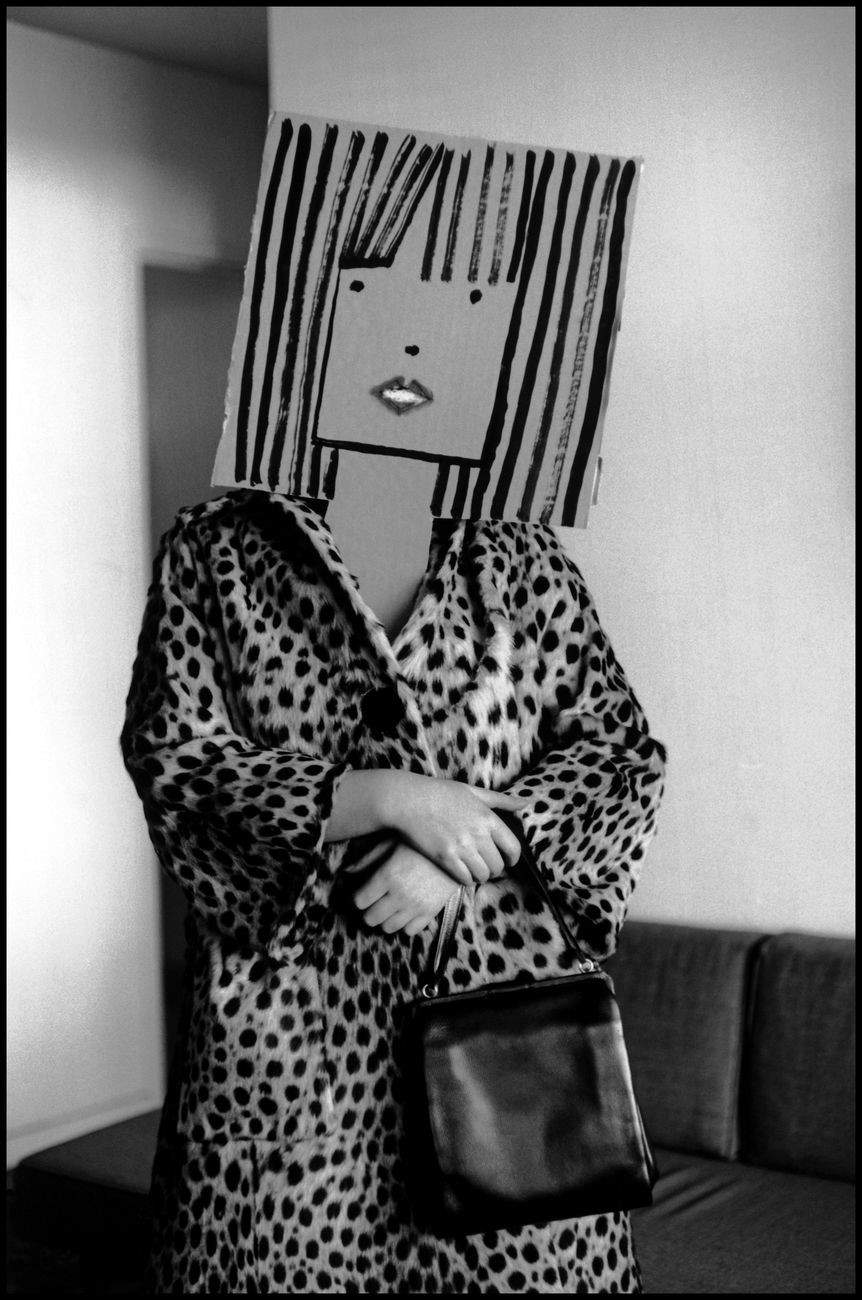
Born in New York in 1926, Vivian Maier is among the leading exponents of street photography. She became world famous only after her passing, because officially she was not a photographer by trade, but a nanny. During her lifetime she never developed her shots, only a few to keep for herself, because she always wanted to stay out of the commercial world. A huge amount of prints and negatives (more than 150 thousand) were discovered inside boxes, as well as reels of film plastics, which were later disseminated thanks to 25-year-old John Maloof, who for the sum of four hundred dollars bought some of those shots and began the first research on the photographer. Those taken by the nanny photographer are portraits of ordinary stories, of ordinary people, whom she met on the street and was immediately ready to immortalize with her Rolleiflex she always kept around her neck. An extraordinary talent accompanied by a strong dose of sensitivity and humanity, with a humanist photographer’s approach. She disappears in Chicago in 2009.
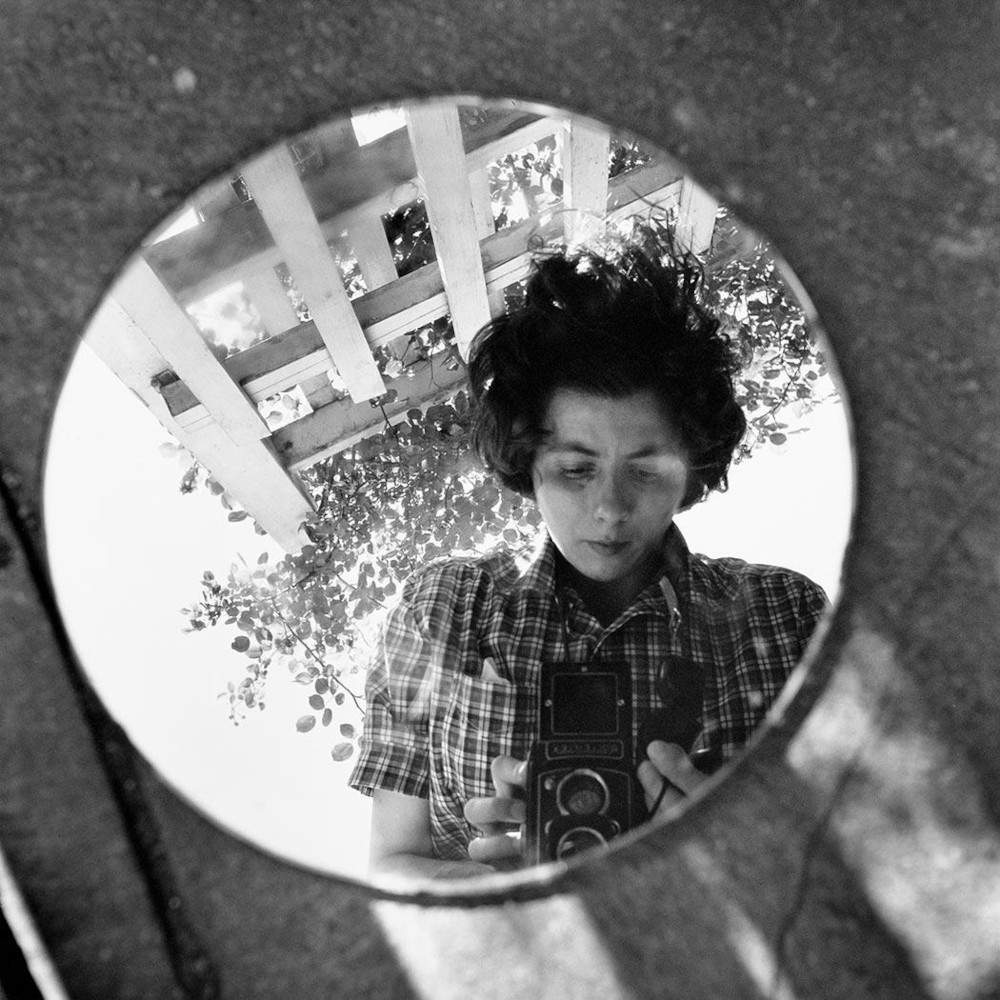
Born in Saint-Gingolph in 1924, Sabine Weiss is considered the last representative of French humanist photography. Throughout her career she had the ability to portray the plight of ordinary people in Paris and portrayed artists such as cellist Pablo Casals, French painter Fernand Leger, and composers Benjamin Britten and Igor Stravinsky. In 1952 his career took a decisive turn when he joined the Rapho agency, on the recommendation of Robert Doisneau; in fact, from the following year his photographs were published by major international newspapers such as Picture Post, Paris Match, Vogue, Le Ore, The New York Times, Life, and Newsweek. She made reportages and portraits of painters, sculptors, actors and musicians, but also of ordinary people she met on the street, with a special focus on the faces of children. Since her beginnings, Sabine Weiss has turned her lens on bodies and gestures to capture emotions and feelings. She also documented her many trips around the world, such as to Portugal, India, Burma, Bulgaria, Japan, Poland and Egypt. She passes away on December 28, 2021 at her home in Paris.
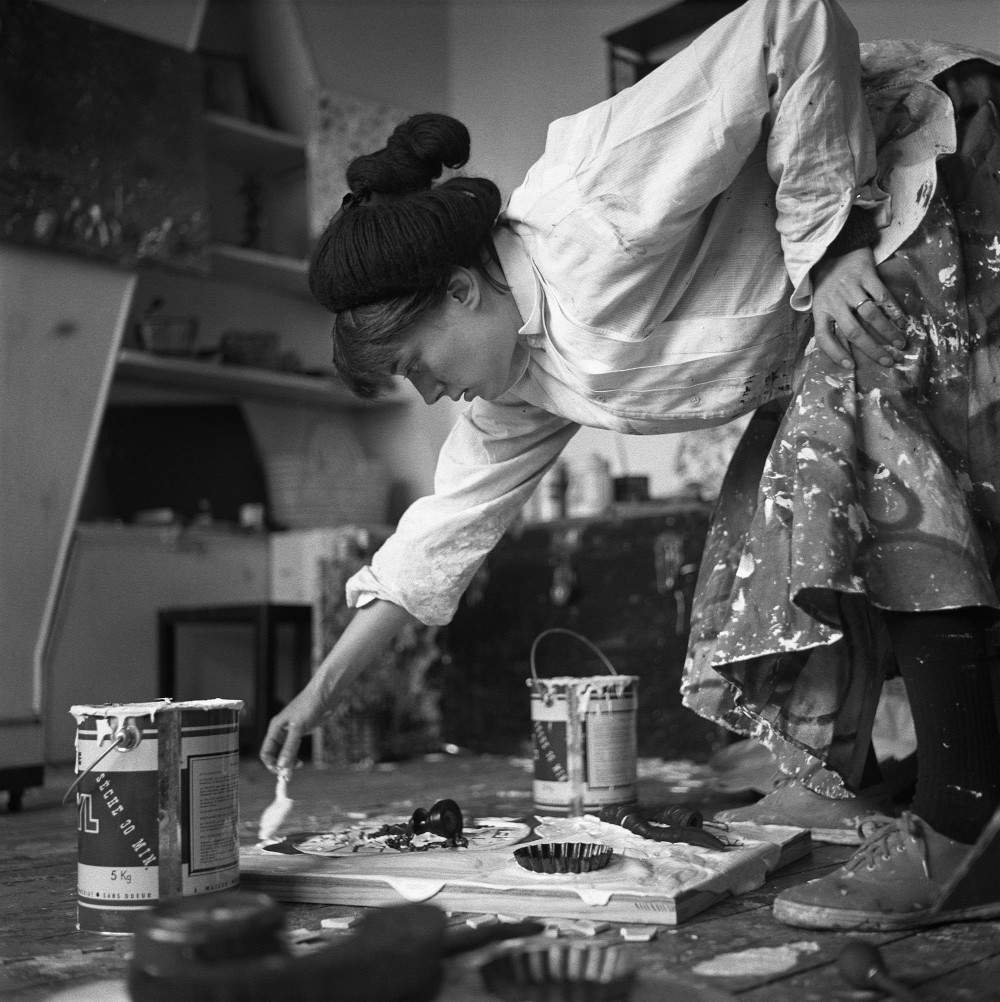
 |
| Ten world-famous female photographers. From yesterday and today |
Warning: the translation into English of the original Italian article was created using automatic tools. We undertake to review all articles, but we do not guarantee the total absence of inaccuracies in the translation due to the program. You can find the original by clicking on the ITA button. If you find any mistake,please contact us.